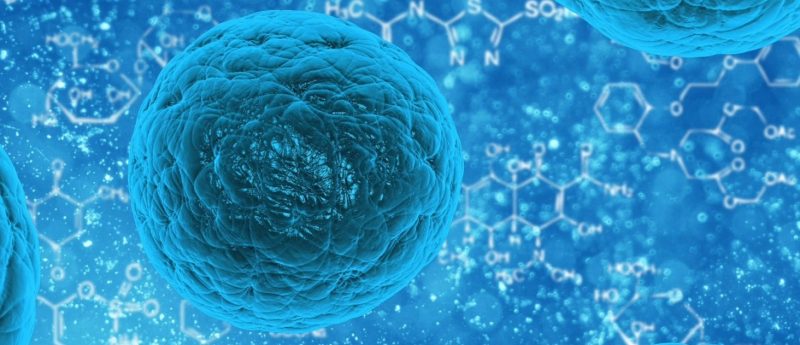Novel probe-drug conjugate offers hope to stem cell research

A newly developed compound selectively eliminates tumorigenic cells from pluripotent stem cells samples, offering hope for regenerative medicine.
A team of researchers led by Motonari Uesugi (Kyoto University, Japan) have identified a novel compound that targets and eliminates undifferentiated human induced pluripotent stem cells (hiPSCs) which could enhance the safety of hiPSC utilization in regenerative therapies in the future.
The differentiation of hiPSCs into specific cell types and their potential transplantation to humans for regenerative purposes is a highly promising area of research. Their use is however currently restricted by safety concerns. For example, for the transplantation of cell samples derived from hiPSCs to be considered safe, all cells in the sample must be differentiated to their terminal target cell type to reduce the risk of tumor formation by residual undifferentiated hiPSCs.
To overcome this safety concern, the group has designed and evaluated a novel hybrid molecule to selectively target and kill undifferentiated hiPSCs within a cell sample. This compound, known as conjugate 17, is made up of Kyoto probe…1 (KP-1), a fluorescent probe for hiPSCs, combined with an anticancer agent.
As previously demonstrated by the research team, in hiPSCs specifically, the ATP-binding cassette (ABC) transporters ABCB1 and ABCG2 are repressed. The KP-1 probe therefore functions by targeting and binding to cells with this repression, thus resulting in the fluorescent labeling of hiPSCs.
After testing a variety of synthesized KP-1-drug conjugates, they found that linking the KP-1 probe with the cytotoxic anticancer drug SN38 was the most effective. This combination, conjugate 17, was found to be highly selective due to the synergistic combination of transporter-mediated efflux and the cytotoxicity mode of action.
When conjugate 17 was added to clinical samples containing both differentiated and undifferentiated stem cells, after 72 hours, only the undifferentiated cells were eliminated, with the important differentiated cells remaining unharmed.
While further study is required to evaluate the safety of conjugate 17, this early work proposes a novel technique for preparing non-tumorigenic clinical samples. This therefore holds promise for the use of hiPSCs in regenerative therapy in the future.
Sources
Mao D, Ando S, Sato SI et al. A synthetic hybrid molecule for the selective removal of human pluripotent stem cells from cell mixtures. Angew. Chem. Int. Ed. doi:10.1002/anie.201610284; https://phys.org/news/2017-01-compound-stem-cell-samples-potentially.html